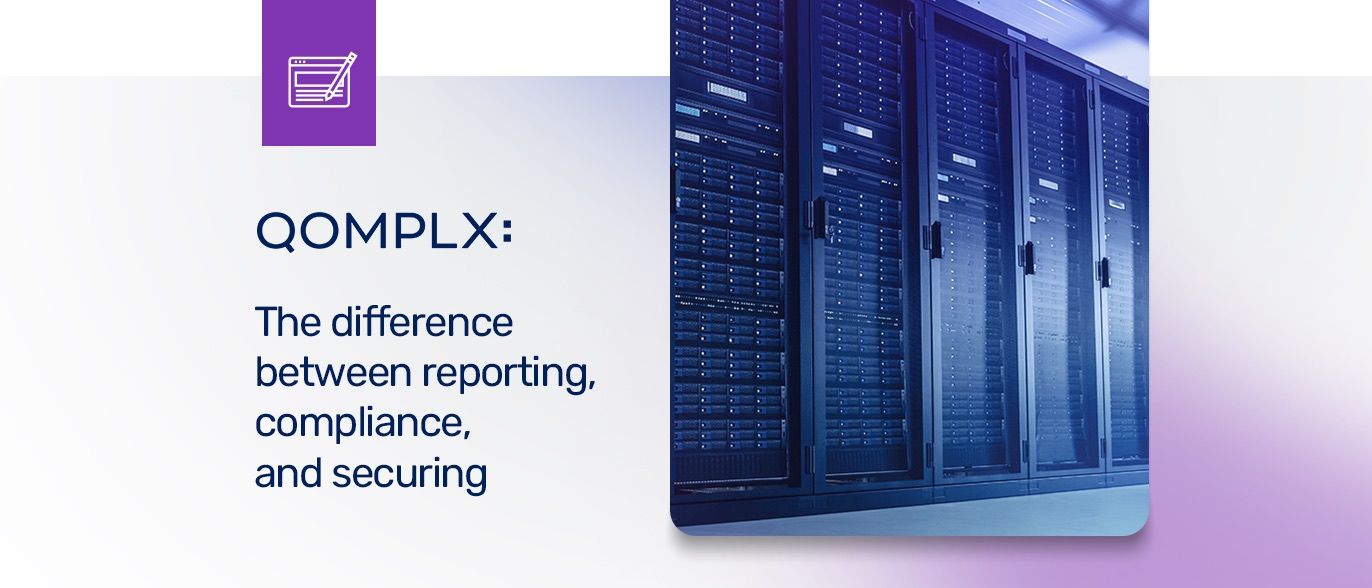Privileged insider persistence attacks on Active Directory are a type of cyber attack that target the heart of an organization's security infrastructure. The goal of the attack is to gain persistent access, which gives access to sensitive information and maintain control of the environment for extended periods of time. These attacks can have devastating consequences for an organization and are often carried out by malicious insiders who have access to sensitive information.
How a privileged insider creates persistence
A privileged insider persistence attack on Active Directory works by exploiting configurations that are difficult to monitor and also detect. Often persistence is created by modifying legacy configurations or rarely used configurations for users, groups, and computers. This can be achieved through the use of backdoors, hidden user accounts, or other methods that allow the attacker to persist within the environment.
How to reduce the effectiveness of privileged insider persistent attacks on Active Directory
- Implement least privilege: The principle of least privilege states that users should only have the minimum level of access necessary to perform their job. This helps to reduce the risk of a successful attack by limiting the attacker's ability to escalate privileges.
- Monitor user activity and configurations: Regularly monitoring user activity can help to identify unusual behavior that may indicate a potential attack. This includes monitoring for changes to user accounts, new user accounts, or other changes that may indicate a privileged insider persistent attack.
- Implement user access reviews: Regularly reviewing user access can help to identify any changes to access privileges that may indicate a potential attack. This can be done through regular audits or by implementing a role-based access control system.
Conclusion
Privileged insider persistence attacks on Active Directory are a growing threat to cybersecurity and it is important to take steps to protect yourself and your organization. By implementing least privilege, monitoring user activity, and implementing user access reviews, you can reduce the risk of a successful attack.





